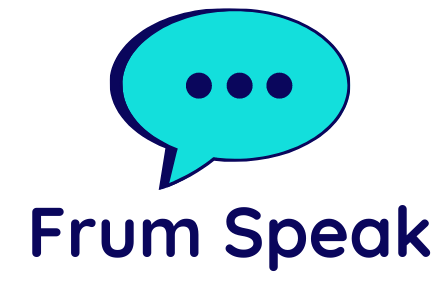Russia’s illegal seizure of Crimea from Ukraine 11 years ago was quick and bloodless. But Kyiv — and most of the world — never recognized Moscow’s annexation of the strategic peninsula, which is now a major focus of U.S.-led efforts to end Russia’s war in Ukraine. U.S. President Donald Trump lashed out at Ukraine’s president Wednesday, accusing Volodymyr Zelenskyy of prolonging the “killing field” after he insisted he would not give up any Ukrainian territory, including Crimea, to Russia as part of a potential peace plan. “There is nothing to talk about. It is our land, the land of the Ukrainian people,” he said. Trump called Zelenskyy’s pushback “very harmful” to talks. “Nobody is asking Zelenskyy to recognize Crimea as Russian Territory but, if he wants Crimea, why didn’t they fight for it eleven years ago when it was handed over to Russia without a shot being fired?” he wrote on social media. During Trump’s first term, the U.S. said it would never recognize Crimea as Russian. How did Russia seize Crimea? In 2013-14, a massive popular uprising gripped Ukraine for weeks, eventually forcing pro-Moscow President Victor Yanukovich from office. With Ukraine engulfed in turmoil, Russian President Vladimir Putin pounced, sending troops to overrun Crimea, a diamond-shaped peninsula in the Black Sea that Russia has long coveted. The armed troops appeared in Crimea in uniforms without insignia, and Putin soon called a vote on joining Russia that Ukraine and the West dismissed as illegal. Russia’s relations with the West plummeted to new lows. The United States, the European Union and other countries imposed sanctions on Moscow and its officials. Moscow’s illegal annexation of Crimea on March 18, 2014, was only recognized internationally by countries such as North Korea and Sudan. In Russia, it touched off a wave of patriotism, and “Krym nash!” — “Crimea is ours!” — became a rallying cry. The move sent Putin’s popularity soaring. His approval rating, which had declined to 65% in January 2014, shot to 86% in June, according to the Levada Center, an independent Russian pollster. Putin has called Crimea “a sacred place,” and has prosecuted those who publicly argue it is part of Ukraine — particularly Crimean Tatars, who strongly opposed the annexation. What happened after the annexation? Weeks after the annexation, fighting broke out in eastern Ukraine between pro-Kremlin militias and Kyiv’s forces. Moscow threw its weight behind the insurgents, even though the Kremlin denied supporting them with troops and weapons. There was abundant evidence to the contrary, including a Dutch court’s finding that a Russia-supplied air defense system shot down a Malaysia Airlines passenger jet over eastern Ukraine in July 2014, killing all 298 people aboard. Russian hard-liners later criticized Putin for failing to capture all of Ukraine that year, arguing it was easily possible at a time when the government in Kyiv was in disarray and its military in shambles. The fighting in eastern Ukraine continued, on and off, until February 2022, when Putin launched a full-scale invasion of Ukraine. Why is Crimea important? Crimea’s unique location makes it a strategically important asset, and Russia has spent centuries fighting for it. The peninsula was home to Turkic-speaking Tatars when the Russian empire first annexed it in the 18th century. It briefly regained independence two centuries later before being swallowed by the Soviet Union. Soviet leader Nikita Khrushchev transferred Crimea […]
24
Apr
Category:


Recent comments